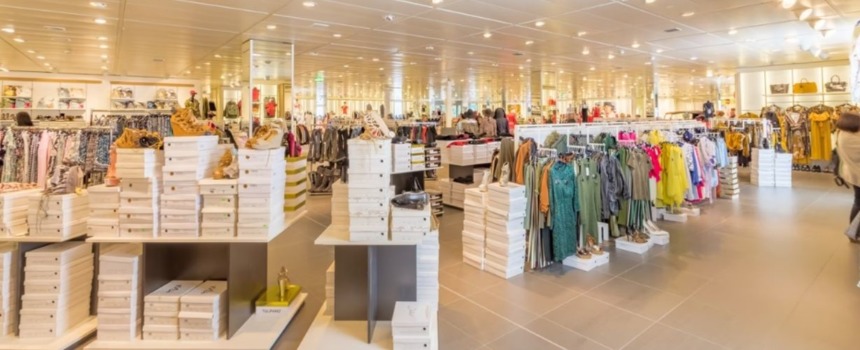When it comes to sales events, floor design is key. A well-designed floor can do wonders for your brand’s image, while a poorly designed floor could ruin what you’ve worked so hard to build. The floor is one of the main focal points of your sales event. It’s where attendees will congregate and where they’ll be standing for hours at a time.
The right floor design can really draw people in, create intrigue, and encourage them to spend more time on your sales floor. So before you plan your next sales event, make sure that you do it right by following these best practices when designing the floor.
Plan Ahead with a Digital Floor Design Tool
Why sketch out your floor design plan on pen and paper, when you can visualize it in 3D? You don’t need to be an engineer to create a digital floor design, especially if you’re using event design software with a built-in plan editor.
Being able to visualize the space in 3D and make edits will enable you to tweak the layout so it best meets your needs and designs. Adding 3D props will also help you plan the best use of available space, and make your design more engaging for event attendees.
You can use a simple floor design tool such as offered by the link above, and then export the results to a CAD program for an extra measure of accuracy.
Optimize Traffic Patterns and Flow
During a sales event, you want to direct attendees towards your sales products, while also showcasing other areas of the venue that could be profitable. It’s similar to how retail giants like Wal-Mart put produce and milk in the back, so that customers walk past an aisle of cereals, bread, and cookies, tempting them to purchase a box of Lucky Charms.
This is the job of your sales floor plan, so take time to understand the flow and make sure it flows well with the flow of attendees at your event. An untidy sales floor can easily turn off people from shopping and consuming your products. It’s also a good way to lose potential customers who have no idea what products to pick up.
When you’re thinking about designing your sales floor, don’t be swayed by trends. While there are some things you can do to inject some creative energy into your event, your sales floor design should be rooted in reality. Take your time to design it, and don’t let the simplicity of an ideal solution put you off. The goal is to create a cohesive and inviting sales floor, with well-placed signage, and natural surfaces.
Space Your Products Properly
Now that your sales floor design has been carefully planned and you’ve designed the best way to direct attendees, it’s time to think about the best way to display your products. You also need to give your products some breathing room, so they aren’t fighting for attention with each other.
Categorizing your products will allow you to show them in ways that will be most engaging and motivating for attendees. Make it convenient for the consumers. For example, imagine a department clothing store that has shirts of all colors and styles sharing the same racks. This is frustrating to the customer that wants to shop for a specific color and style.
The same would be true if your products were presented in a lot of different sizes and shapes, all bunched together. This is not how customers will gravitate towards your products.
Create a Clear Path to Purchase
One of the biggest obstacles a sales floor designer will face during a sales event with large attendance is getting customers quickly through checkout. It’s also a big reason why some event attendees will leave the event without purchasing products from the sales floor.
Your sales floor design needs to incorporate a way to direct shoppers to a counter. This counter should be easy to find and should be located in the heart of the store, or the area with the most foot traffic.
You can also set up smaller checkout counters in corners of the sales floor where attendees are more likely to pick up their purchases. If this isn’t possible, creating a path of egress in the back of the store with several small checkouts will minimize the time it takes for attendees to finish.





Comments